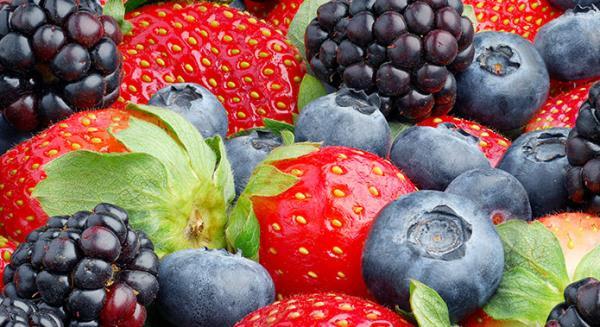Mexico's berry export volume to fall 20% this year
Mexico
Wednesday 22 May 2024
VU
Aneberries warns that this year it anticipates a reduction of up to 20% in the volume of exports, especially blueberries, due to adverse weather conditions, and a 30% increase in production costs due to increases in labour, inputs and agricultural technology (photo: blueberriesconsulting.com).
The National Association of Mexican Berry Exporters (Aneberries) has 40 members and brings together producers of blueberries, raspberries, blackberries and strawberries in Mexico. Aneberries' members produce between 75% and 80% of Mexican berries, grown on around 63,000 hectares, strawberries being the most extensive crop.
Of the 1,000,000 tonnes produced in Mexico, more than 600,000 tonnes are exported, representing more than 60% of the production and generating annual revenues of approximately $2.6 billion.
The Association reports that although the growth of the cultivated area has decreased from 25%-30% annually to 13%-15%, a varietal reconversion is taking place, especially in blueberries, blackberries and raspberries. Furthermore, he warns that this year a reduction of up to 20% in the volume of exports is anticipated, especially of blueberries, due to adverse weather conditions, and a 30% increase in production costs due to the increase in labour, inputs and agricultural technology.
The main market for Mexican berries is North America, receiving 96% of exports, while 36 other markets share the rest. As for international competition, particularly in blueberries, Mexico adjusts its commercial strategy to the March to May window, with Peru and Chile being the market leaders during the winter months.
In the case of strawberries, raspberries and blackberries, Mexico acts as a complementary supplier to the US and European markets. Despite this, the need to increase the volume and quality of Mexican raspberries and blackberries in Europe through specific promotional campaigns is highlighted.
The future of the Mexican berry industry will depend on how it adapts to new genetic and climatic conditions, presenting both challenges and opportunities for national producers and exporters.
fuente: agraria.pe





